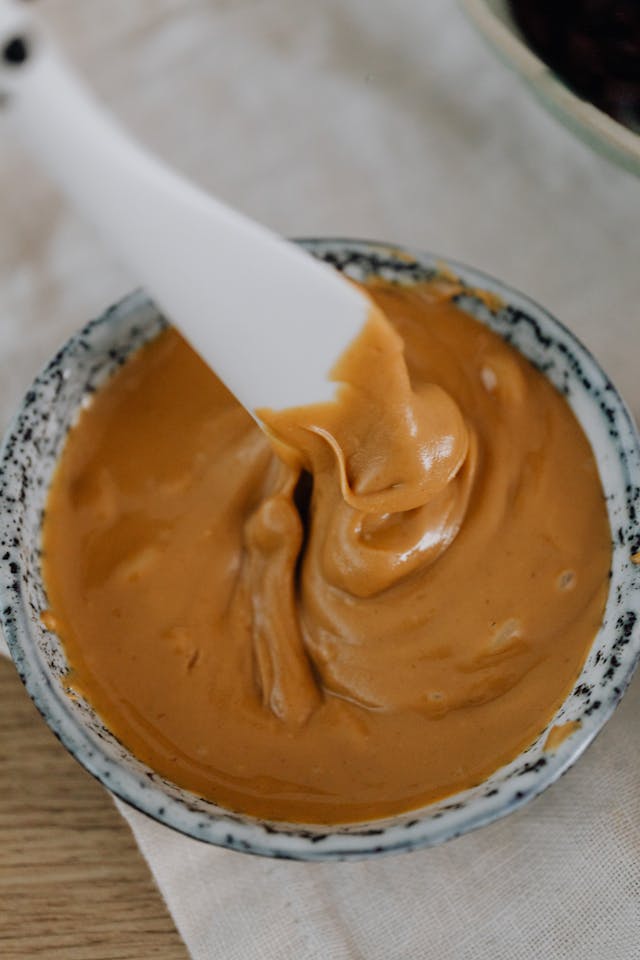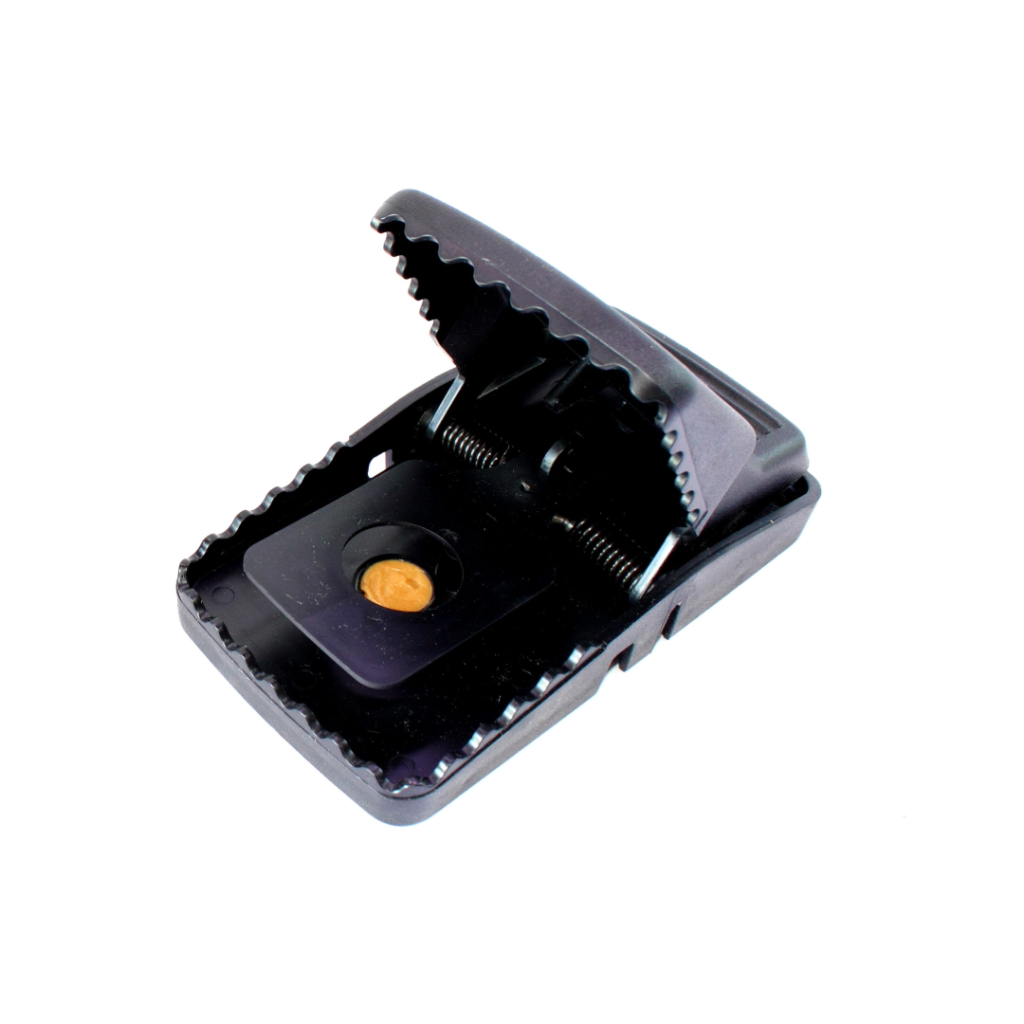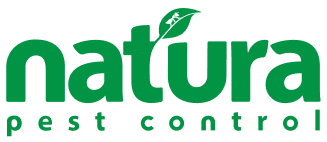What’s that scurrying around your living room?
Rodents aren’t our preferred overnight guests, and mice, in particular, tend to overstay their welcome. Thanks to their small size and rapid reproduction rates, these pests can infiltrate hard-to-reach spots and quickly overtake your home.
But how can you deal with these tiny terrors? Enter the tired and true peanut butter mouse trap. Peanut butter is a delicacy these little pests can’t pass up, meaning you can catch a budding infestation in no time.
Keep reading to learn how to set and make your peanut butter mouse trap! However, keep in mind that DIY options won’t completely fix the problem. For tried and true results in and around the Vancouver-Portland Metropolitan area, contact Natura Pest Control!
Why Mice Are a Problem in Your House
Mice can be more than just a creepy nuisance; they can actually make you sick! These pests leave droppings and urine everywhere they go, potentially spreading diseases like Hantavirus, Salmonella, and Leptospirosis. They often bring fleas, ticks, and mites into your home, too, each carrying their own health risks.
But health risks aren’t the only issue. Mice need to gnaw constantly to keep their teeth from growing too long, and they’ll chew through just about anything—wires, insulation, drywall, and even wooden beams. This can lead to serious and costly problems like electrical fires and weakened structures.
Mice also love to raid your pantry. They’ll chew through food packaging and contaminate your food with their waste. Plus, eating contaminated food can pose serious health risks, making it crucial to keep mice out of your kitchen.
Why Peanut Butter Works as a Bait
When it comes to mouse trap bait, peanut butter reigns supreme. But what about this pantry staple that makes it such an irresistible bait for these rodents? Let’s explore why a peanut butter mouse trap entices these sneaky pests.
Unlike cheese or grains, peanut butter is packed with high-fat and high-protein goodness that mice find irresistible. Plus, peanut butter has a strong smell and taste that mice are drawn to, making it a surefire way to lure them into the trap.

Peanut butter has another advantage over perishable baits like fresh food: it doesn’t spoil quickly. This means you can leave it in the trap for longer without worrying about it going bad.
It’s also a breeze to work with. With its smooth texture, you can spread it evenly on your trap’s surface without any mess! Thanks to the sticky surface, mice can’t grab a taste and dash off without triggering the trap.
Setting Up Your Peanut Butter Mouse Trap
Dealing with a mouse problem? Peanut butter traps are also a reliable solution. Take a look at our straightforward guide to learn what trap to pick and how you can set them up for success:
Choosing the Right Type of Trap
First, pick the type of trap that suits your needs:
- Snap Traps: These are the classic mouse traps. They snap shut on the mouse when it takes the bait, offering a quick and usually humane kill.
- Glue Traps: These use a sticky surface to catch and hold the mouse. However, they don’t kill the mouse as quickly.
- Electronic Traps: Modern and efficient, these use an electric shock to kill the mouse instantly when it takes the bait. They are quick, clean, and practical but can be more expensive.
Steps to Prepare the Trap with Peanut Butter
Apply a small amount of peanut butter to the bait area. Use just enough to cover the bait pedal, about the size of a pea. Too much bait can allow the pests to sneak a bite without thoroughly triggering the trap.
Before you place your trap, carefully set it according to the manufacturer’s instructions. If you’re using a snap trap, this typically entails pulling back the kill bar and securing it with the trigger arm. Make sure it’s stable and ready to snap shut.
If you’re confused, take another peek at the packaging to make sure you’re doing everything right.
Placement of Traps for Maximum Effectiveness
Where you place your traps is critical to catching mice:
- Identify High Activity Areas: Look for signs like droppings, gnaw marks, or nesting materials in areas where mice are most active.
- Along Walls and Corners: Mice typically travel along walls and edges, so place the traps perpendicular to the walls, with the bait end facing the wall.
- Near Food Sources: Mice are more likely to frequent panties and kitchens, so place your traps in these spots. Just make sure they’re out of reach of children and pets!
- Check Regularly: Inspect the traps daily. Remove any caught mice and reset the traps if necessary.
- Multiple Traps: Multiple traps can increase your chances of catching mice faster. Spread out your peanut butter mouse traps in different high-activity areas for better coverage.
Safety Considerations
When setting up mouse traps, safety should be a top priority. Mouse traps, especially snap and electronic traps, can be dangerous if improperly handled. Here’s how to handle them safely:
- Read the Instructions: Always read and follow the manufacturer’s instructions for setting and handling traps. Each type of trap may have specific guidelines to ensure safe and effective use.
- Set Traps with Caution: Be careful with the kill bar when setting a snap trap. Use tools or wear gloves to avoid getting your fingers caught. For electronic traps, make sure they are powered off while you’re setting them up.
- Use Gloves: Wear gloves when handling traps to protect your hands and prevent transferring your scent to the traps.
- Choose Safe Locations: Place traps where pets and children can’t access them, like behind appliances, inside cabinets, or in the attic and basement.
Once you’ve caught a mouse, proper disposal is crucial to maintain hygiene and safety:

- Wear Gloves: Always wear gloves when handling a trapped mouse to prevent cross-contamination between you and the animal.
- Seal in a Plastic Bag: Place the trapped mouse, along with the trap if it’s disposable, in a sealed plastic bag.
- Dispose of in Outdoor Trash: Place the sealed bag in an outdoor trash bin away from the house. This prevents any lingering odors or pests from being attracted to your indoor trash.
- Clean and Disinfect: If using reusable traps, clean and disinfect them thoroughly before resetting. Use a safe and effective disinfectant to kill any lingering germs.
- Wash Hands: After disposing of the traps and mice, wash your hands with soap and water.
Mouse Pest Control in the Vancouver-Portland Area
Sometimes, your peanut butter mouse traps can’t do the trick despite your best efforts. Whenever your DIY solutions fall short, call on the experts at Natura Pest Control. We have the experience and tools to send those pests on their way. Contact us today!



